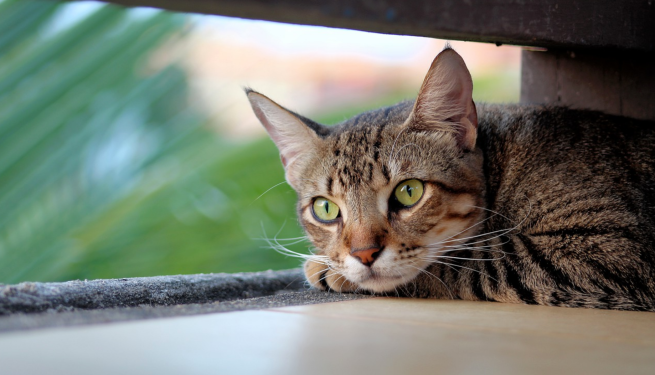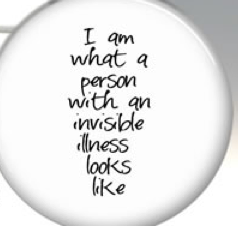 by Carolyn Thomas ♥ @HeartSisters
by Carolyn Thomas ♥ @HeartSisters
Until I had a heart attack, I didn’t know that one of the biggest risk factors for having a cardiac event like mine is having already had one. Heart disease, a chronic and progressive diagnosis, is the gift that keeps on giving. And as I wrote here, one of the Big Lessons for me has been that, although my doctors can “squish blockages, burn rogue electrical circuits, and implant lifesaving devices”, their heroic efforts do not address what originally caused this damage to my coronary arteries in the first place – likely decades before my heart attack struck. See also: The Cure Myth
In fact, women are twice as likely to have a second heart attack in the six years following the first compared to our male counterparts.(1) No wonder sobering stats like this can drive the freshly-diagnosed heart patient to an exhausting and fearful state of acute hypervigilance. Continue reading “Hypervigilance: waiting for that second heart attack”



